What is Arduino, how does it work, and what can you do with one?
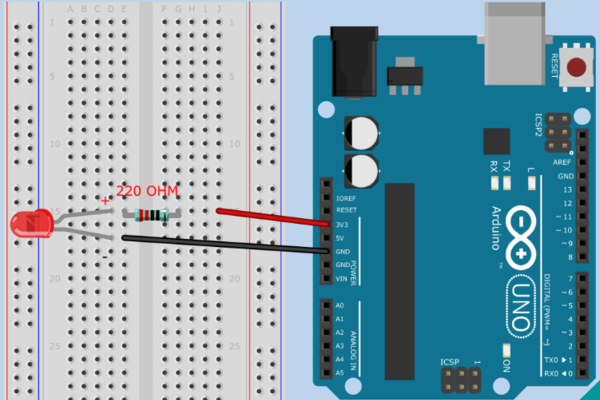
Arduino is open-source electronics prototyping platform that allows individuals, from novice to professional, to create advanced technologies, thus linking the electronics and programming worlds. The Arduino board incorporates a reprogrammable microcontroller and a series of female pins that allow for electric power and ground, as well as digital and analog connections that are used to read inputs, like sensors and buttons, and turn those inputs into outputs, such as lighting a LED (light emitting diode), or activating a buzzer or motor.
The Arduino board acts as the power source, and I/O (input & output), for electronic circuits that are built on a breadboard. The method, or mode of instruction, for teaching electronics at a trade school or university, usually involves the use of a power source, breadboard, jumper wires (usually DuPont cables), and components in learning electronics and in building electronic circuits. In industry, the same approach may be taken in creating circuits in R&D (research and development) and taking that research into the fabrication of PCB’s (printed circuit boards).
Printed circuit boards are flat surfaces made of a non-conductive material, which utilize layers of conductive material, usually copper circuitry (called traces), to connect electrical components to each other. A PCB is the most compact and stable way to build an electronic circuit. An Arduino board is also a PCB that implements a certain internal circuitry design. The Arduino board is easy to use and provides a platform for simple, everyday projects to complex scientific designs.
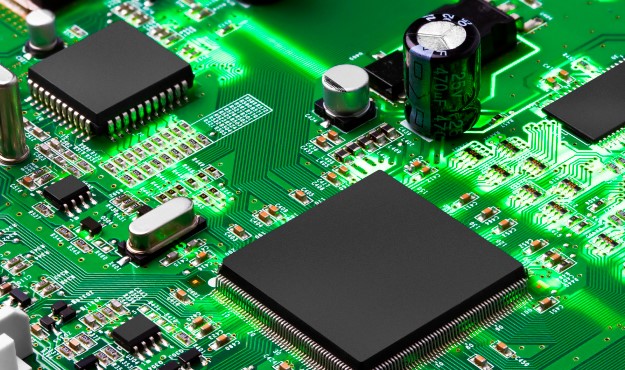
When we talk about “Arduino” we should specify the model. Different models of official Arduino boards have been manufactured, each one designed for a different purpose and with different characteristics (such as physical size, number of I/O pins, microcontroller model, etc.) Despite the various boards that exist, the primary processors used by Arduino are the Atmel AVR microcontrollers. This means that they share most of their software features, such as architecture, libraries, and documentation.
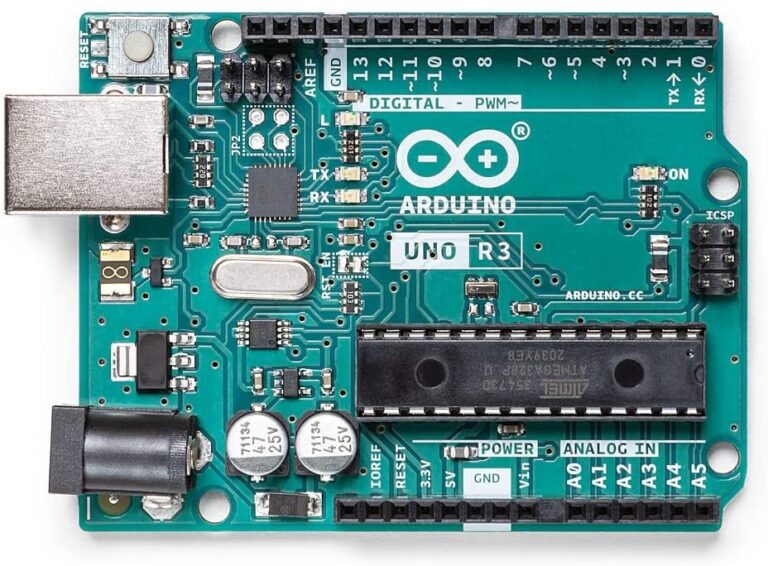
Microcontroller model
The microcontroller on the Arduino UNO R3 board is the ATmega328P model from Atmel. The “P” at the end means that this chip incorporates the “Picopower” technology (Atmel proprietary) and allows a slightly lower power consumption compared to the equivalent model without “Picopower”, ATmega328 (without the “P”). Although the ATmega328P may operate at a lower voltage and draw less current than the ATmega328, both models are functionally identical, i.e., they can be replaced by each other.
Time to “Geek Out”
ATmega328P
Like the other microcontrollers used in other Arduino boards, the ATmega328P has an AVR type architecture, developed by Atmel and to some extent “competing” with other architectures such as the PIC of the manufacturer, Microchip. More specifically, the ATmega328P belongs to the “megaAVR” subfamily of microcontrollers. Other subfamilies of the AVR architecture are the “tinyAVR” (whose microcontrollers are more limited and are identified by the name ATtiny) and the “XMEGA” (whose microcontrollers are more capable and are identified by the name ATxmega).
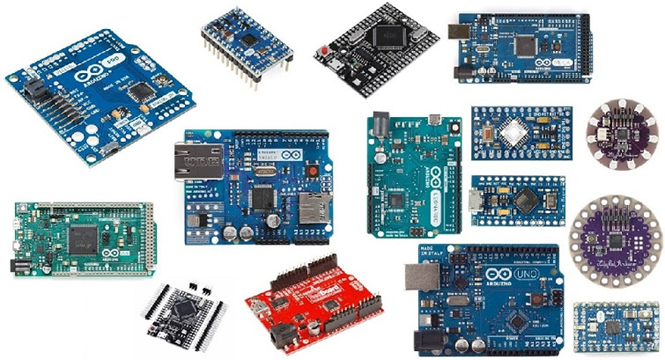
How did the Arduino originate?
Arduino was born in 2005 at the Interactive Design Institute in Ivrea (Italy). Arduino appeared because of the need for a low-cost device to be used in classrooms. The original idea was to manufacture a board for internal school use. However, the school was forced to close its doors in 2005. Faced with the prospect of losing the entire Arduino project in the process, it was decided that Arduino should be released and open to the public so that everyone could participate in the evolution of the project, as well as propose improvements and suggestions. This is how the Arduino became an open-sourced platform. Both the software and hardware are open source; thus, both are available for extension by experienced programmers and circuit designers, which adds to the improvement of both software and hardware.
The main people responsible for the idea and design of Arduino were Massimo Banzi, David Cuartielles, David Mellis, Tom Igoe and Gianluca Martino.
Why use Arduino?
Arduino has a large community: Thanks to its wide reach, there is a large community working with this platform. This generates an extensive amount of documentation, which covers almost any need.
Its programming environment is cross-platform: The Arduino software (IDE) can be installed and run on Windows, Mac OS, and Linux operating systems.
Easy to understand programming language: The Arduino IDE (Integrated Development Environment) uses a simplified version of C++, which facilitates the learning and understanding process of the programming language.
Low cost: The standard Arduino board (Arduino UNO) has an approximate price of $15. The project starter kit may be purchased for approximately $40. If up for the challenge, users can build the breadboard version of the Arduino UNO board. This approach might add a savings to the total price of an Arduino UNO and offer understanding of how the board works.
Re-usability and versatility: Arduino circuits are considered re-usable because once a project is finished it can be easily disassembled and the external components can be used to start a new project. Additionally, all the pins (VCC, GND, analog pins, and digital pins) of the microcontroller are accessible through female connectors, thus, allowing beneficial access of the microcontroller with mitigated risk of miswiring.
Arduino is easy to use for beginners, works across multiple platforms, is very versatile, and many projects and lessons are available. Students, hobbyists, and professionals can create a variety of electronic circuits that can accomplish about anything imagined. Some have created alarm clocks that creep out of reach so that the “sleeper” needs to physically get out of bed in order to hit snooze. Some have created elaborate LED (light emitting diode) displays that count in binary, and still others have programmed circuits to light as the Star Wars theme song plays.
Although the Arduino can be used for advanced purposes, the best way to start is by creating something FUN! The Tech STEAM Center teaches the basics of Arduino to students, beginning at 3rd grade!! Before Arduino, these technologies were only available to college freshman studying electronics engineering, computer engineering, or computer science. If you want to give your children a head starts in electronics, sign up for a course in Arduino or schedule a tour to visit our facilities. You, and your child, will be glad you did!!
More To Explore

Why Children Should Learn To Program
Learning to program stimulates creativity, teamwork and problem solving. “studies show: children who study computer
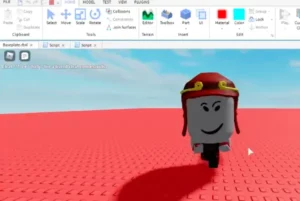
Gen Z and its influence on the metaverse: playing Roblox
A few years ago, you would have been hard pressed to find websites, Early on, Minecraft…
